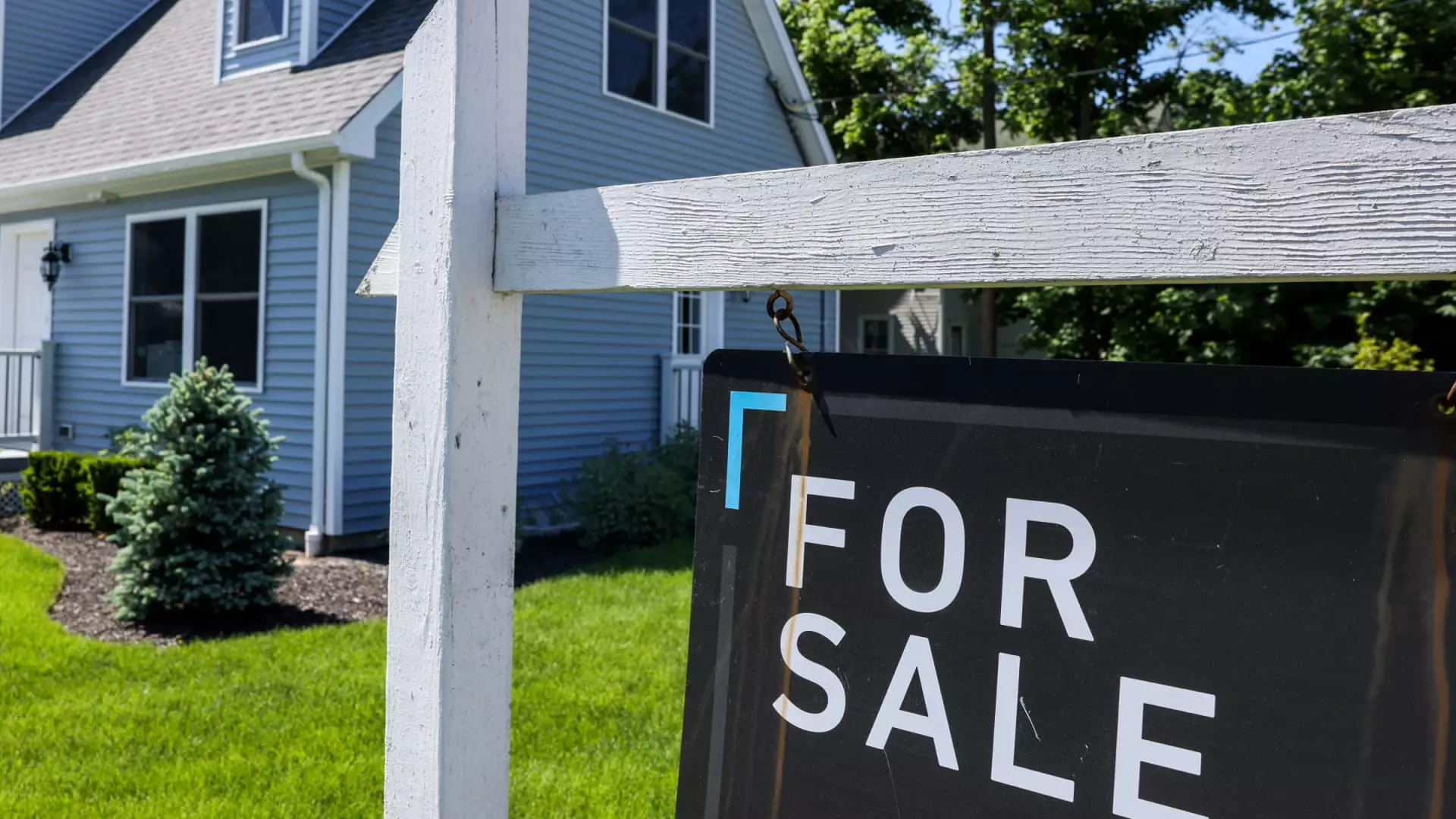Recent movements in mortgage applications suggest a fragile optimism that may be more illusion than reality. Despite a modest dip in interest rates—a mere 0.02 percentage point—the industry experienced a notable 9.4% surge in application volume. While this might appear as a sign of renewed vigor, closer scrutiny reveals underlying vulnerabilities. The apparent rebound, driven mainly by temporary rate easing, masks deeper uncertainties—consumer sentiment remains shaky, and broader economic factors continue to cast shadows over housing prospects. What looks like resurgence is perhaps just a fleeting bounce caused by market noise, not a genuine shift towards sustained growth.
The Illusive Allure of Lower Rates
Mortgage rates edged down to 6.77%, a three-month low, offering a misleading beacon of hope for prospective buyers and refinancers alike. Yet, this decline did little to revitalize the long-term appetite for borrowing. Refinance applications did increase by 9%, but still trail significantly behind the prior year’s figures—an indication that homeowners remain reluctant, perhaps cautious about locking into low rates only for them to rise again. Purchase mortgage applications also jumped 9%, bolstered by a seeming increase in housing availability and slightly moderating home prices. But these trends are heavily influenced by transient factors and temporary market corrections, rather than a genuine momentum that could propel the housing market into a stable upswing.
The Critical Role of Market Sentiment and External Factors
The current landscape is riddled with contradictions. While some metrics suggest a superficial uptick, others paint a different picture—high cancellation rates, stagnant pending sales, and fluctuating mortgage rates all suggest a marketplace in flux. The fact that mortgage rates nudged upward again after a brief decline further complicates the narrative. This back-and-forth reflects a market buffeted by external economic forces and investor indecision, highlighting that the so-called recovery is fragile and potentially illusory. Far from signifying a renaissance in homebuying activity, these oscillations underscore a broader reality: the housing market remains vulnerable to macroeconomic shifts, including inflation concerns and policy uncertainties.
A Call for Cautious Optimism
From a balanced yet vigilant perspective, it’s clear that the housing market’s recent revival is not a sign of robust economic strength but rather a reflection of temporary adjustments and speculative caution. While some may interpret the slight decline in mortgage rates and the modest increase in application activity as signs of recovery, it’s prudent to temper enthusiasm. The persistent fluctuations suggest that the market remains fragile, vulnerable to storms that could swiftly erode recent gains. An overreliance on short-term rate movements or superficial indicators risks overlooking the deeper structural issues that continue to challenge both prospective homeowners and policymakers. Ultimately, a careful, measured approach is essential—avoiding hasty optimism in a landscape riddled with contradictions.

